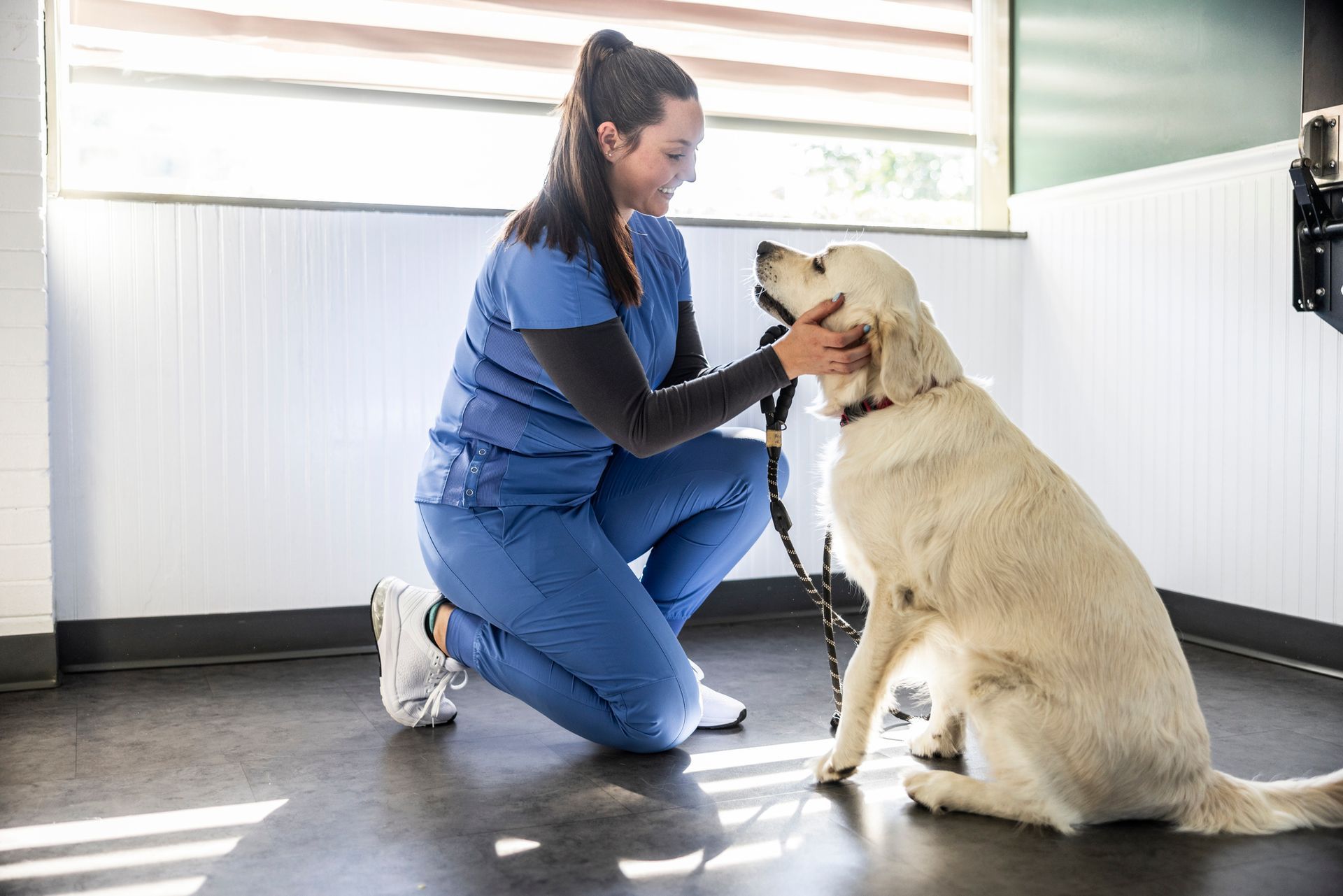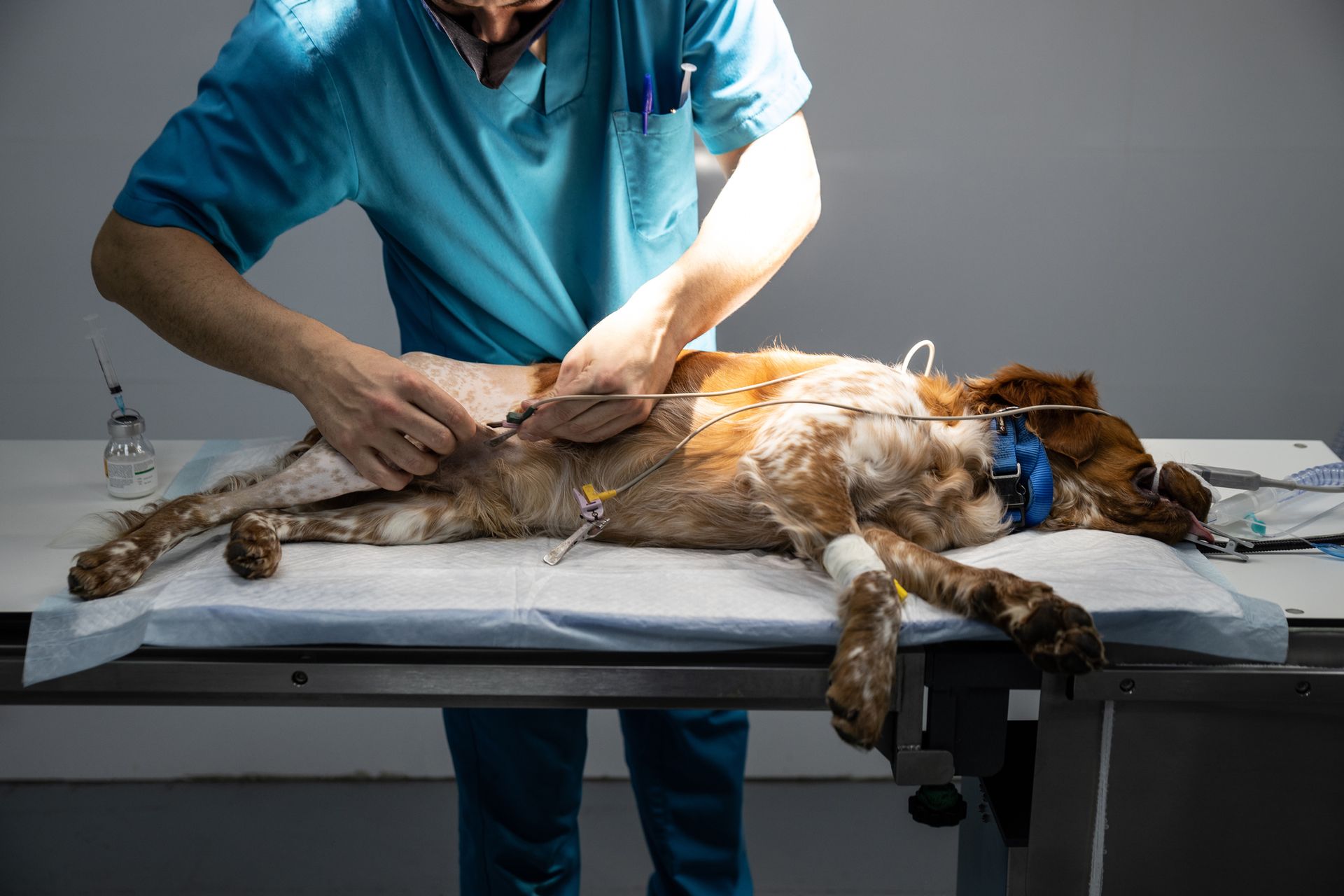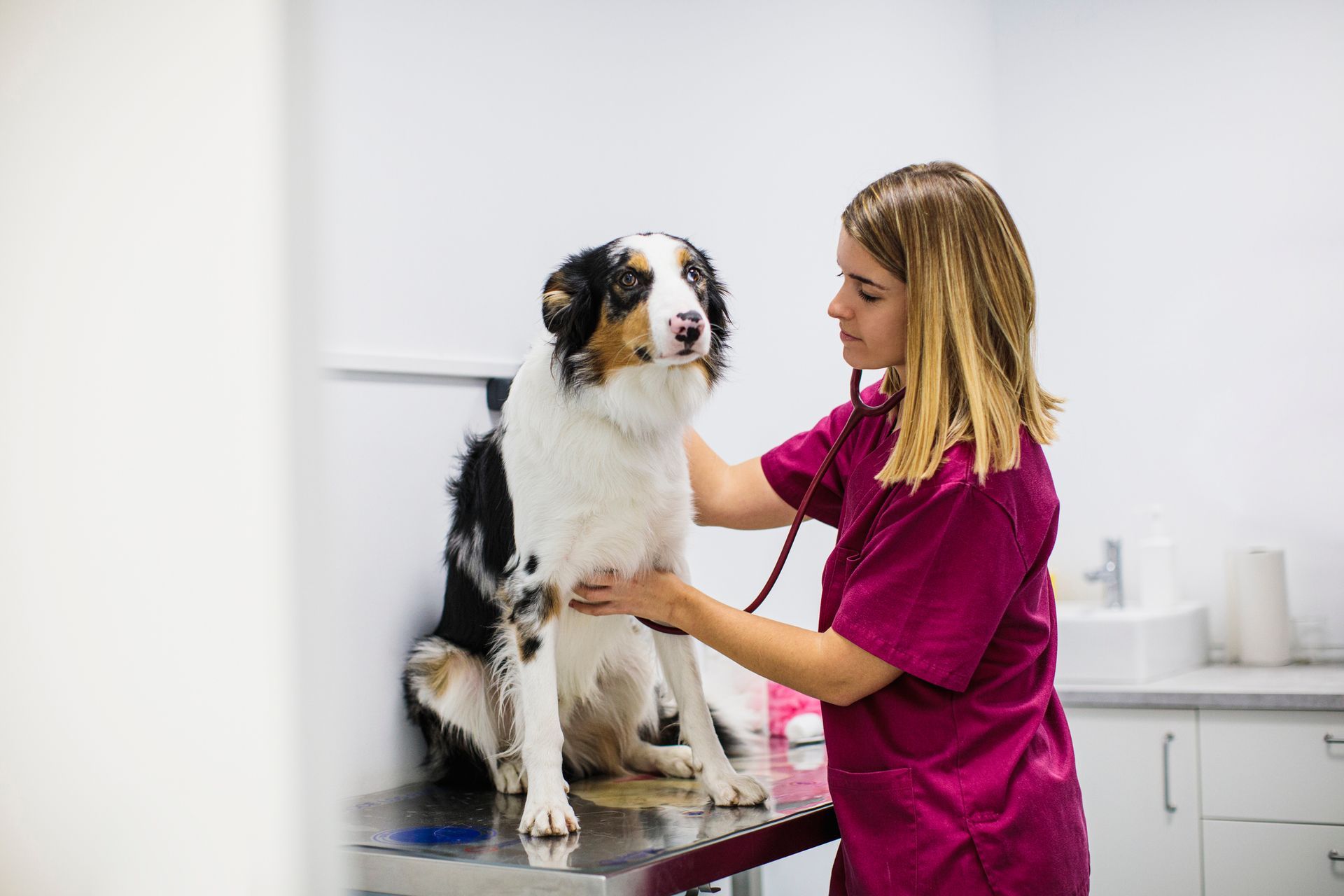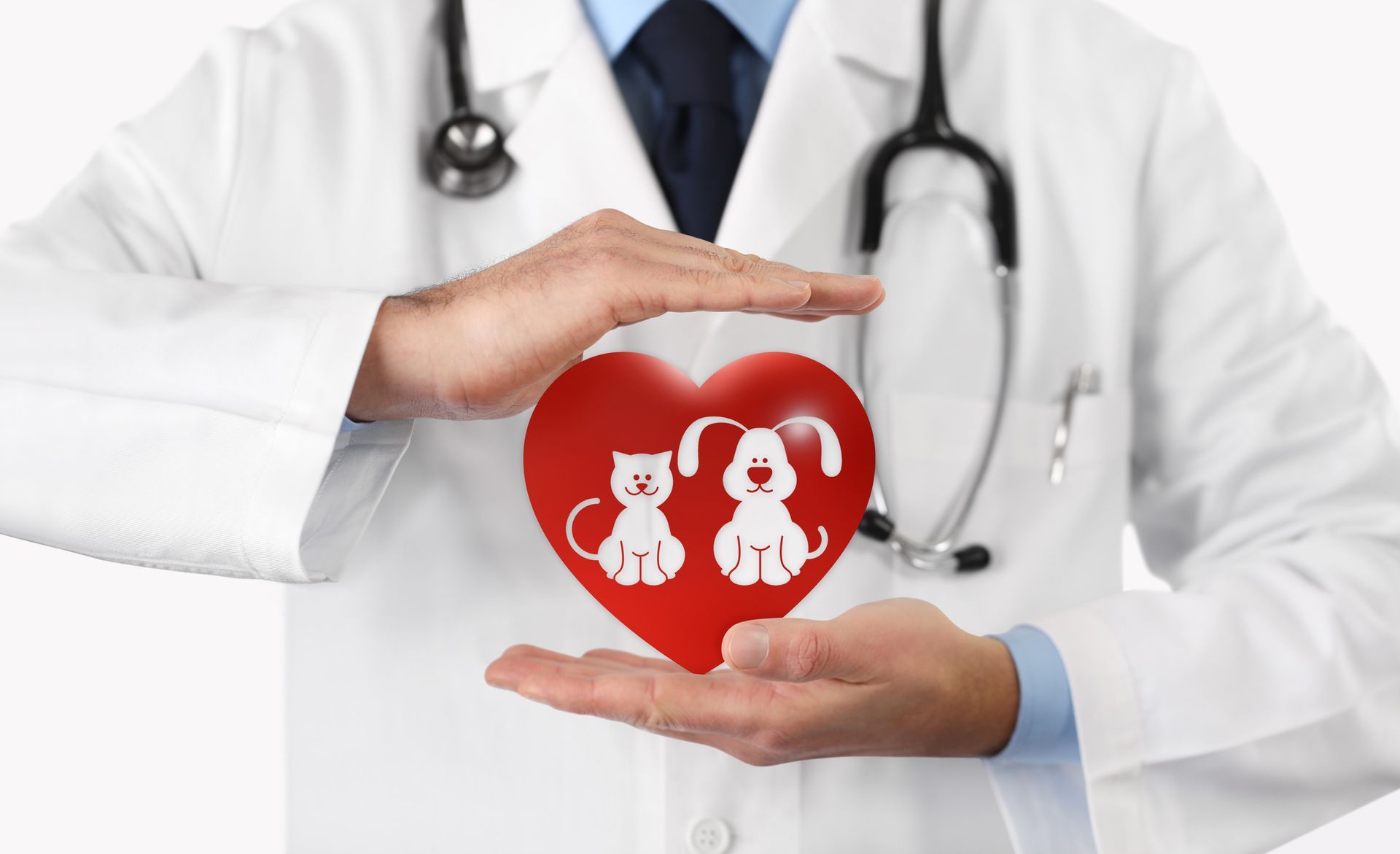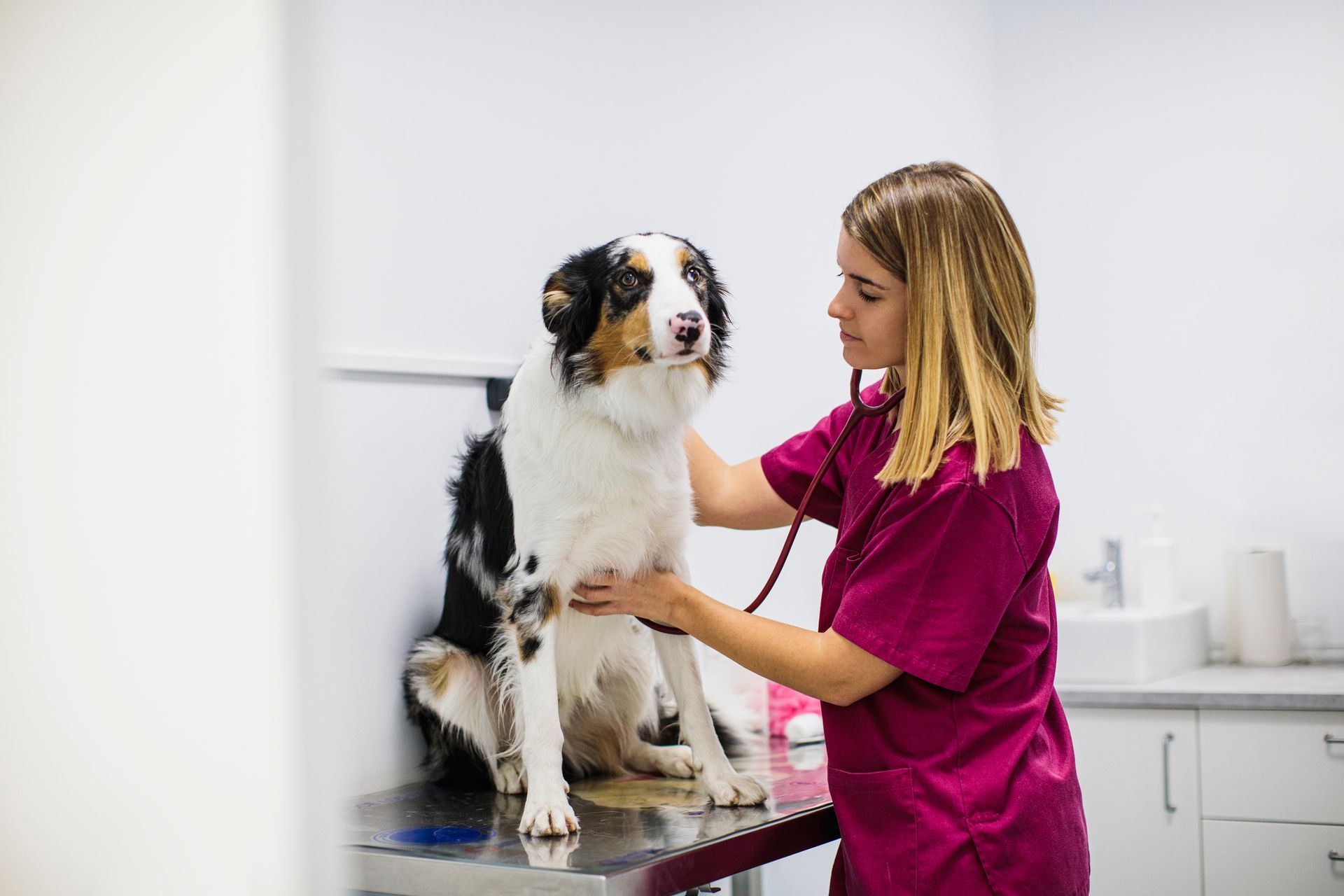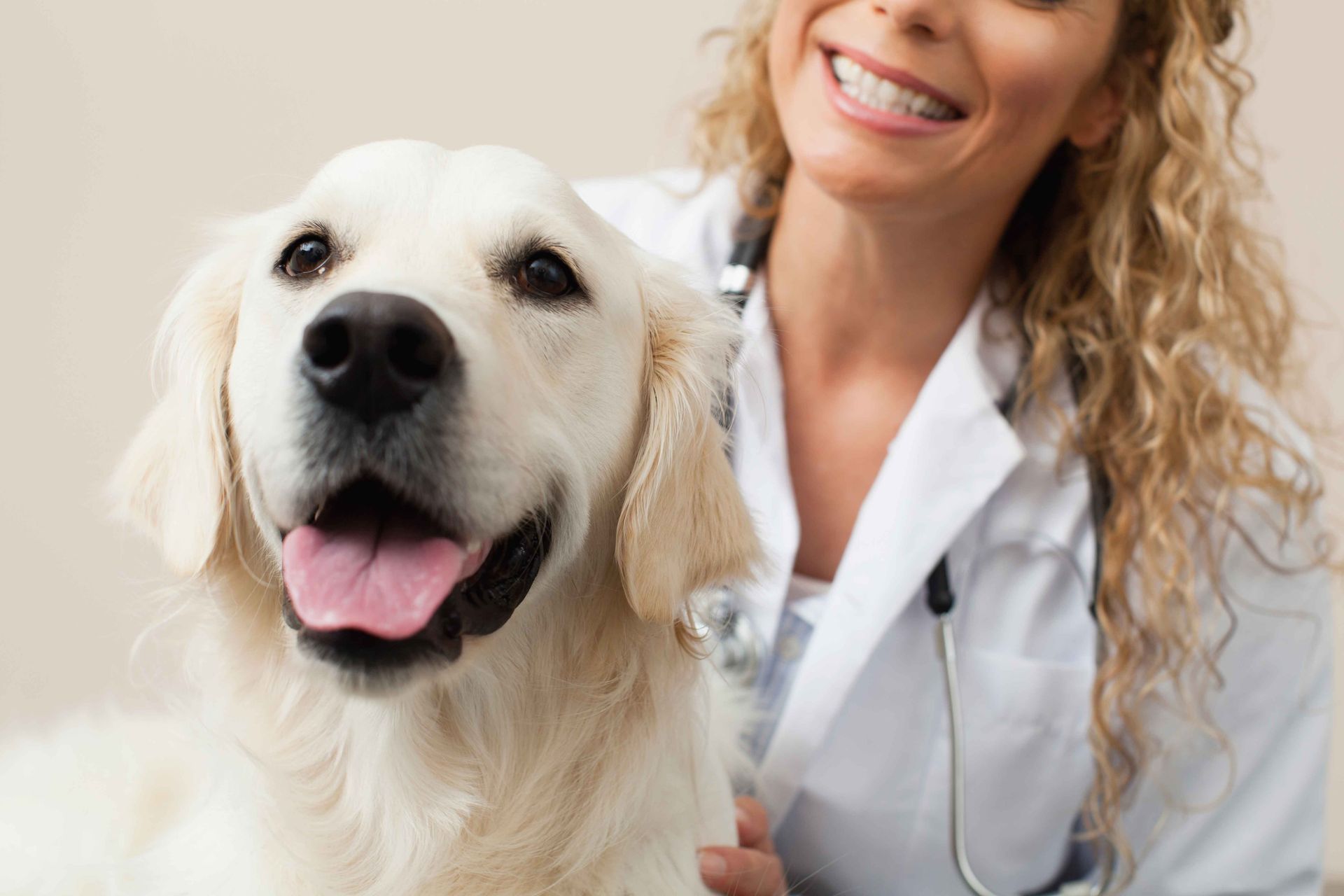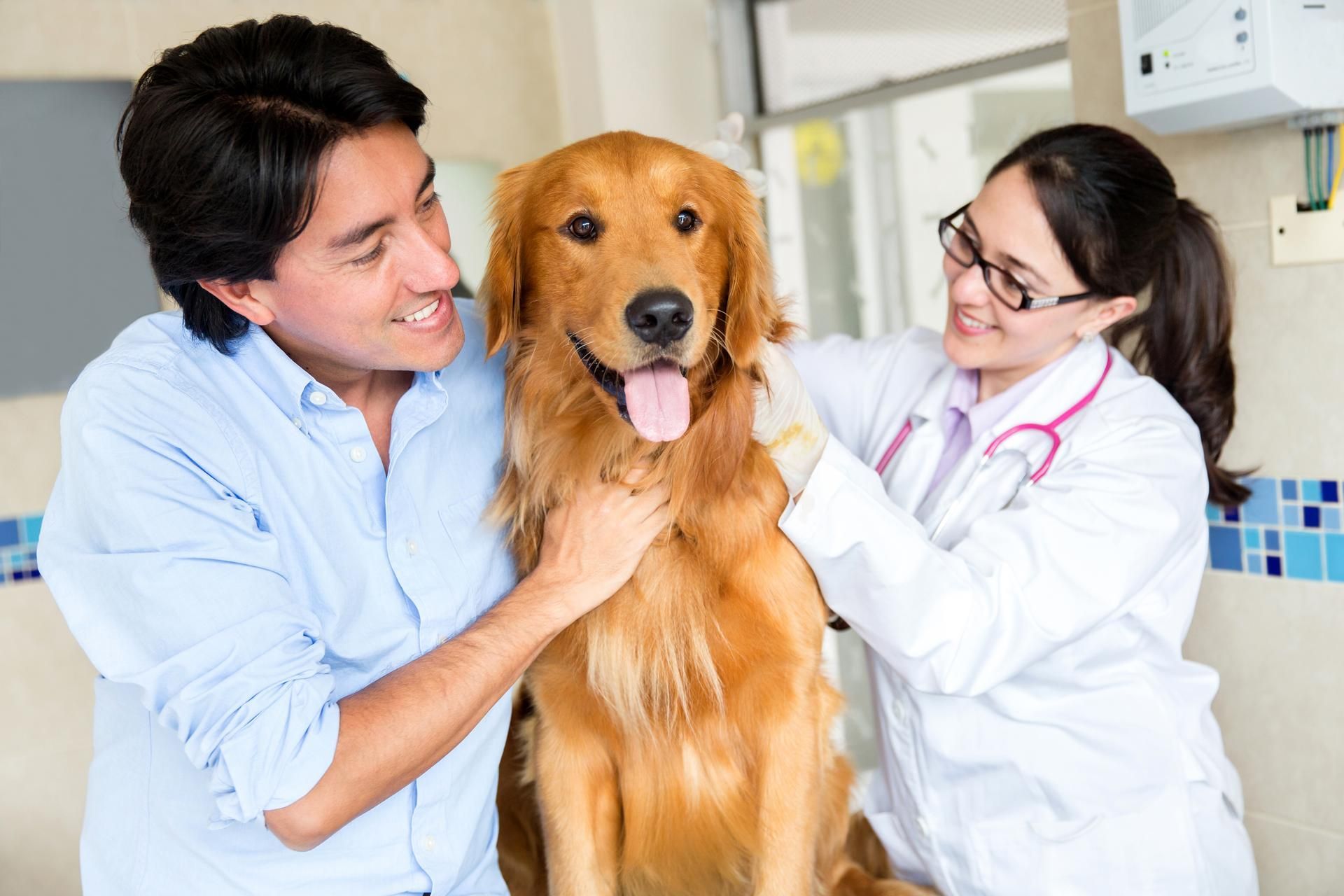4 Ways Christmas Trees Can Injure Dogs

A Christmas tree adds a beautiful element to the home and often becomes the centerpiece of the holidays. In the same way that you become drawn to a decorative tree, many dogs may take interest in the new giant plant in your home. While dogs may ignore the tree altogether or need a little training, homeowners should always be aware of the risks it poses for their dogs.
Trees can cause a lot of damage to a curious dog, especially for canines who love to chew. Learn about some of the ways a dog can suffer injuries from a Christmas tree. Along with the injuries, you will learn which steps to take in the case of an emergency and some signs to look out for in your pet.
1. Lodged Branches
If your dog loves to fetch sticks, then a Christmas tree could look like a big game of fetch to the dog. A low-hanging branch could become something a dog chews on or seeks out. Try to trim any low branches on the tree that your dog can reach. The thickness and stiffness of a branch could easily get lodged in a dog's throat.
Not only could the stick cause damage to the throat area, but it could impact a dog's ability to breathe. If a branch on a tree remains in a dog's throat, then you need to go to an emergency vet right away. A vet will likely use anesthesia to knock the dog out and then carefully remove the branch without causing extra damage.
If a dog chews and fully swallows a branch, then you need to carefully monitor the dog for the next few days. Pieces of a branch could become lodged in the stomach, possibly cause stomach bleeding, or not let other food pass. Look for dogs who seem irritated, agitated, or refuse to eat extra food.
If you feel like parts of a branch have become stuck, then a vet will likely perform x-rays. The x-rays will showcase exactly where parts of the branch have ended up. In some cases, a dog may need stomach surgery to remove the branches.
2. Ornament Snacks
Dogs who love to chew everything may move beyond the branches and onto your ornaments. Try to keep ornaments hung high and out of a dog's reach. A dog may see a bright and colorful ornament as their next chew toy.
Ornaments have a wide range of materials that could damage the inside of a dog. An ornament may include metal, plastic, glass, or fabric pieces. Similar to a swallowed branch, pieces of an ornament can become lodged inside a dog's stomach.
If small enough, the ornament pieces may pass through a dog's normal stool. You should monitor and inspect your dog's stool to see if the pieces pass. You could also gently feel your dog's stomach for any tender areas or signs of pain. If the ornament pieces do not pass or your dog's symptoms worsen, then you should visit a vet emergency room.
3. Fallen Trees
Too much weight, a poor base, or physical contact can cause a Christmas tree to fall down. Unfortunately, when a tree falls on a dog, some injuries may occur. The heavy weight of the branches could cause fractured or fully broken bones. Some parts of the tree may cause lacerations or visible damage to a dog.
When a tree falls, carefully lift the tree to ensure the dog is not tangled in any branches, lights, or decorations. You don't want the lifting of the tree to cause more damage to the animal. In the case of broken bones, watch for any limping, whining, or changes in movements for your animal. A vet can perform a full body x-ray to look for damage.
If your dog has any visible damage, then you should go to an emergency vet right away. A vet can treat the bleeding, prevent infection, and then apply any extras like stitches or bandages to help cover the wounds.
4. Electrical Shocks
Curious dogs may skip right past the ornaments and tree branches to head right for the lights. If a dog bites through a live electrical cord, then the animal could suffer from various injuries. An electrical shock could impact a dog's heart and cause possible arrhythmia. Internal burns from the electric shock could cause ulcers inside a dog's stomach or mouth. Electric shocks could also impact the organs of a dog.
Signs of damage may not appear outwardly until days later. If a dog does suffer an electric shock, you should contact a vet so they can give your dog can a full exam and ensure no internal damage or lingering problems have occurred.
For all of your emergency vet needs, contact us at South Seattle Veterinary Hospital. We have receptionists available 24 hours a day and can answer any questions you have about a dog's injury due to a Christmas tree.


